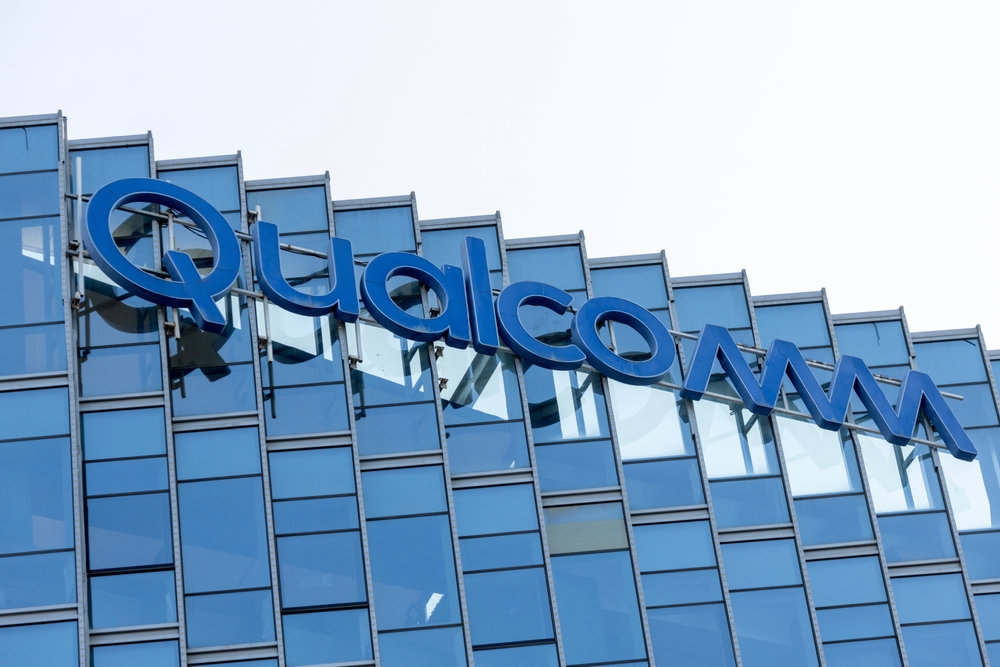What Drove the Stock Lately
In the last week of October 2025, Nvidia’s stock surged to record highs and crossed the $5 trillion threshold.* The catalyst was a combination of new AI infrastructure announcements, high-profile partnerships, and favourable market conditions. Nvidia disclosed that it expects around $500 billion in AI chip orders over the next several years and announced plans to build seven AI supercomputers for the U.S. Department of Energy. The company also unveiled a new partnership with Nokia to co-develop AI-native 6G networks, positioning itself deeper into the telecommunications stack.

Nvidia stock performance over the past 5 years. Source: Tradingview.com
Market sentiment amplified these drivers. The Nasdaq Composite hit an all-time high, aided by investor optimism and expectations that the Federal Reserve may pause further rate hikes after softer inflation data. Lower rate expectations increased appetite for growth assets and high-valuation technology leaders.

Nasdaq Composite performance over the past 5 years. Source: Tradingview.com
How Big Nvidia Has Become
Nvidia’s scale now reshapes the entire market. With a market value around $5 trillion, it accounts for roughly 8% of the entire S&P 500—the single largest weighting in the index’s history. In the Nasdaq-100, its share is even greater at about 15%, meaning one company now drives a major share of daily index moves. To put that in perspective, Nvidia’s market capitalization is equal to about 16% of U.S. GDP and more than 4% of global GDP. That makes the chipmaker’s valuation comparable to the size of entire national economies such as Japan or Germany. It underlines just how central Nvidia has become to both stock markets and the broader conversation about the economic impact of artificial intelligence.
Is This an AI Bubble?
There is speculative behaviour around parts of the AI stack, but Nvidia’s current revenue base, profitability, and visibility differentiate today from earlier episodes where valuations ran far ahead of operating results. Signals that look bubbly include the pace and concentration of spending by a small set of hyperscalers, growing reliance on external financing by some participants, and infrastructure constraints that could delay deployments. Citi has noted a rising share of debt funding behind parts of next-year’s capex plans. Commentary from Goldman, summarized by Barron’s and others, has warned that a deceleration in AI capex in late 2025 and 2026 would weigh on market-wide earnings growth. Power availability and HBM supply also remain gating factors even as suppliers add capacity. Policy risk, including export controls, adds another layer of uncertainty for certain product lines and geographies.
Counterpoints are grounded in delivered numbers. Nvidia’s data-centre revenue and margins are already at levels that imply real production workloads, not only pilots. Blackwell-class systems are shipping into clouds and specialized providers, and developers continue to target Nvidia’s toolchain for both training and inference. These facts reduce, but do not eliminate, the risk that expectations outrun realized returns.
What Could Break the Thesis from Here
A slowdown in realized returns on AI projects at major buyers could push capex deferrals. Forecasts now embed another leg up in 2026; if those plans slip, the revenue run-rate could flatten before supply constraints ease. Competition from alternative accelerators or custom silicon could narrow pricing power if software ecosystems converge. Extended power or utility delays could shift deliveries to the right. Policy changes could curb addressable markets or force product reconfigurations that dilute mix. These are identifiable, non-theoretical risks.
* Past performance is no guarantee of future results.



.jpg)
.jpg)
.jpg)


